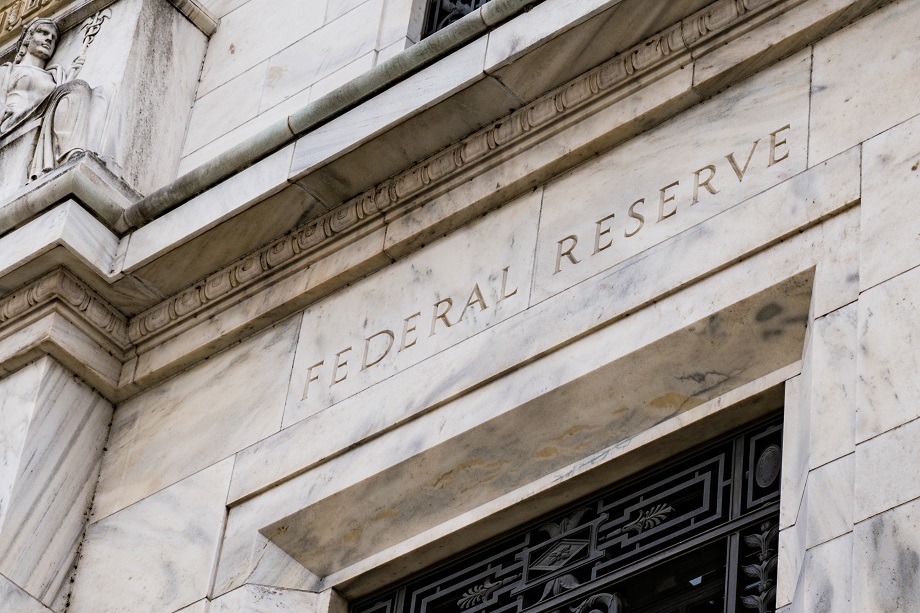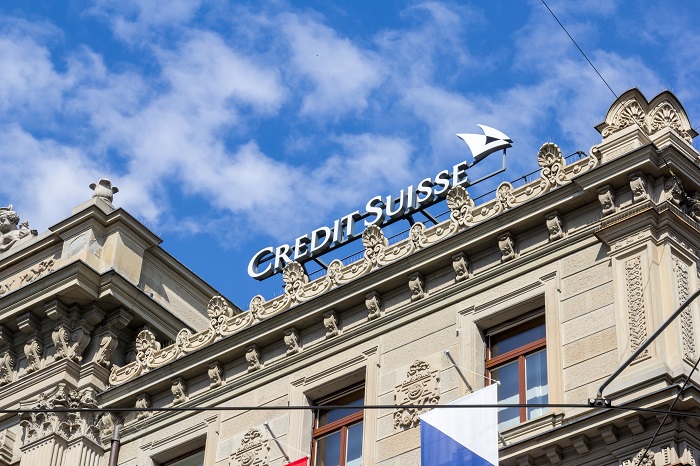economy news online news
Zurich, Switzerland
By Nathalie Olof-Ors
Credit Suisse unveiled radical measures Thursday aimed at turning around the beleaguered bank following huge third quarter losses, including revamping its investment banking, slashing 9,000 jobs and a capital injection from the Saudi National Bank. online news
Switzerland’s second-biggest bank launched a new strategy intended to repair the damage following a series of scandals, saying it wanted to create “a simpler, more focused and more stable bank”.
“We all know Credit Suisse is at a critical point in its history,” chairman Axel Lehmann said.
For months, if not years, it has been “overshadowed by various issues”, while he acknowleged that the 166-year-old institution had become unfocused.
“We need to draw a line,” he insisted.
Lehmann said the reassessment of the bank’s direction included “a radical strategy and a plan to create a stronger, more resilient and more efficient bank with a firm foundation”.
The revamp came as Credit Suisse unveiled a third quarter net loss of 4.034 billion Swiss francs ($4.07 billion).
The Zurich-based bank revealed it was going for a “radical restructuring” of its investment bank, an accelerated cost-cutting effort, and strengthened and reallocated capital, “all of which are designed to create a new Credit Suisse”.
The group’s shares slid on the announcements, closing down 18.6 percent on the Swiss stock exchange’s main SMI index at 3.877 Swiss francs.
“The reaction is negative, which is not good. I think the markets were expecting more drastic things,” Carlo Lombardini, a professor of banking law at the University of Lausanne, told AFP.

“The bank is not going to go bankrupt… but the question is how it will generate income in a difficult market”.
- Saudi investment –
The bank intends to raise capital worth four billion Swiss francs ($4 billion) through issuing new shares to qualified investors, including Saudi National Bank, which has committed to invest up to 1.5 billion Swiss francs.
The Saudi bank will thus take a stake of up to 9.9 percent, becoming a chief shareholder alongside the US company Harris Associates (10.05 percent) and the sovereign wealth fund of Qatar (5.03 percent).
Making a capital increase is a “fairly radical choice”, said David Benamou, director of investments at Axiom Alternative Investments.
He told AFP it was a “very good message” for customers and creditors.
economy online news
The Ethos foundation, which represents pension funds in Switzerland, welcomed that bank “finally seems to have understood that it was necessary to stop the investment banking”.
However, it criticised the Saudi injection, telling AFP that the current shareholders “have suffered a very significant dilution effect”.
- ‘Lengthy process’ –
Credit Suisse said it expects staff numbers to drop by 9,000 to approximately 43,000 staff by the end of 2025.
The group will also reduce its cost base by 15 percent, or around 2.5 billion Swiss francs, delivering a cost base of around 14.5 billion Swiss francs in 2025.
Credit Suisse will refocus on its most stable activities — wealth management and Swiss banking — and reduce its merchant banking.
It will revive its First Boston brand, named after an US investment bank it absorbed in 1990, where its capital market and advisory activities will be brought together.
Andreas Venditti, an analyst at Swiss investment managers Vontobel, said Koerner’s new strategic plan was “just the first step in a lengthy process to restore credibility and regain the trust” of Credit Suisse’s stakeholders.
“Resolute execution and no further mis-steps will be key and it will take time until results will begin to show,” he said.
Analysts at the US investment bank Jefferies said the capital raise was “larger than we thought it would be, and third quarter results show another quarter-on-quarter deterioration in momentum that we find concerning, though not very surprising”.
- Archegos, Greensill shocks –
Credit Suisse’s capital-guzzling investment banking arm has been the source of heavy losses which plunged Credit Suisse’s accounts into the red — eclipsing its more stable activities such as wealth management or its Swiss domestic banking services.
Credit Suisse’s investment bank suffered a loss of 3.7 billion Swiss francs in 2021 and backed that up with a 992 million Swiss franc loss in the first half of 2022.
It was hit by the implosion of US fund Archegos, which cost Credit Suisse more than $5 billion.
Meanwhile its asset management branch was rocked by the bankruptcy of British financial firm Greensill, in which some $10 billion had been committed through four funds.
Credit Suisse is one of 30 banks globally deemed too big to fail, forcing it to set aside more cash to weather a crisis.
While many industry experts think a bankruptcy highly improbable, these rumours helped drag its share price down to a low of 3.158 Swiss francs on October 3.
noo-rjm/rox
© Agence France-Presse. All rights are reserved.
economy online news
Notes from APS Radio News
From the early part of March 2020 to April 15, 2022, the US Federal Reserve had been increasing its holdings by nearly $5 trillion dollars.
It did this each month of that period by buying billions of dollars of corporation and government bonds, in effect, infusing massive amounts of money into the economy.
And, as the FRED graph shows, it did so at rapid rate or at a high rate of velocity.

Economists say that when massive amoutns of fiat money are infused into the economy at high rates of velocity, the likelihood of noticeably higher rates of inflation is made greater.
A number of other central banks followed a similar policy.
For example, between late February 2020, even days before the media started fixating on the virus thingy, and March of this year, the European Central Bank embarked on its own version of monetary expansion.
During that period, the ECB increased its holdings by over 5 trillion euros.
The Bank of Japan also increased its holdings.
Between February of 2020 and earlier this year, it had increased its holding by a few hundred trillion Yen.
For a number of years, including the Bank of Japan, major central banks have kept their interest rates low.
For its part, the Bank of Japan kept its interest rates at negative rates, meaning that depositors had to pay banks to hold their money.
During and before the pandemic, major corporations had increased the number of mergers and acquisitions, as those entities were able to make their purchases using inexpensive money and higher stock valuations.
The other part of the equation was that of supply.
As a result of lockdowns, many small and medium-sized businesses were closed.
Shipping ports had lost workers, and truck drivers going to those ports had to wait in long lines, as a result.
In effect, well before Russia’s invasion of Ukraine, shortages of various goods and services developed.
The invasion and sanctions imposed have aggravated shortages of commodities like petroleum and grain.
And there have been instances of price gouging.
economy online news


